Management methods of incense trees after planting
(1) initial management
At the initial stage of planting, it is necessary to prevent drought and water in time according to the weather conditions. The young seedlings are weeded and loosened once a year from February to March, from June to August and from October to November. In the young tree stage, combined with weeding, the fertilizer was applied 2 times per year for 3 times. In the dry season, thin application of human and animal manure water or ammonium sulfate, urea mixed with water. In the rainy season, ditches should be opened around the holes, with organic fertilizer mixed with calcium superphosphate; if it is an adult tree, ditches should be opened to increase the application of organic manure and green manure. Chenxiang seedlings when the tree is small, but also need a certain degree of shade, it is best to plant several rows of red beans, mung beans and other leguminous crops, properly control their height and density, can not excessively cover up Chenxiang. In order to make the trunk straight and artificially fragrant, the lower side branches, weak and overdense branches of the stem were trimmed once a year in autumn and winter. Pruning should be light in the first year, only the side branches, disease and insect branches, weak branches and overdense branches should be cut off, and all side branches should not be excessively cut off to affect growth. Later, with the passage of time, the young trees gradually grow taller before they are gradually pruned upward. It is best to cut off some side branches twice, cut off half of them in the first time to maintain a certain green leaf area, and then cut off the trunk the second time.
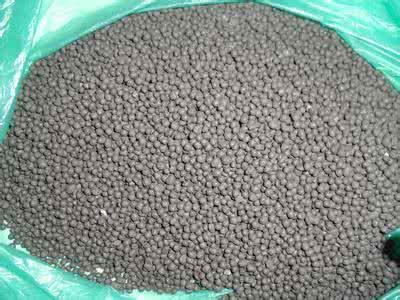
Organic manure
(2) routine management after adulthood
Loosening soil and weeding, after planting, it is necessary to loosen soil and weed every year before summer drought in May-June and August-September. The cleared weeds were covered with rhizosphere and buried in the soil year by year to increase organic matter. Fertilization, if the growth is not particularly poor, the growth is not particularly slow, incense trees generally do not need special fertilization. The use of weeds buried in the soil can effectively increase the organic matter for the growth of trees. If it is found that there is indeed a problem with growth, it can be appropriate to apply human and animal feces and urine before spring shoots germinate in February-March, so as to promote shoot sprouting and accelerate growth. In principle, the incense formed by the natural growth of the incense tree will be purer and easier to form incense. Pruning the incense tree is the main tree species, so to promote the growth of the trunk, conducive to incense, must be properly pruned, the lower branches, disease and insect branches, over-dense branches are gradually cut off.
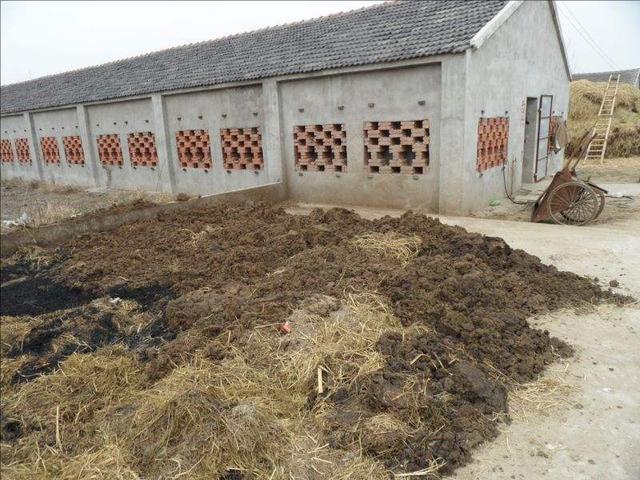
In the seedling period (usually in the nursery period), we should pay attention to the occurrence of seedling Fusarium wilt, which can easily lead to seedling wilt and death. Old nursery bed, poor drainage, dense planting and easy to develop. There is also a kind of anthrax damage leaves, the initial brown spots, and then expand into a round, oval to irregular spots, some disease spots are wheel-shaped, serious leaves fall off. When the rain is wet and the dew is heavy, it is beneficial to the occurrence of diseases. If contagion is found or occurs on a large scale, it needs to be dealt with.
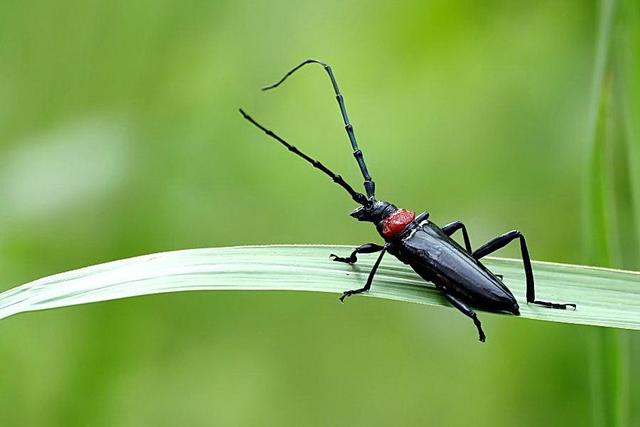
Longicorn beetle
Aristolochia mandshurica is a wild tree and its growth characteristics, generally there are few insect pests. The most likely pests are common pests such as leaf rollers, longicorn beetles and beetles. Sporadic insect pests do not require special management, but if there are large areas of insect pests, they need to be killed. Ordinary pesticides are generally used to kill insects. Killing leaf rollers can be sprayed with 25% insecticidal dioxin or 80% dichlorvos 800 mi 1000 times liquid at the initial stage of eggs, and longicorn beetles can be killed with syringes 80% dichlorvos EC 800 mi 1000 times liquid spray or manual capture.

Curly leaf worm
- Prev
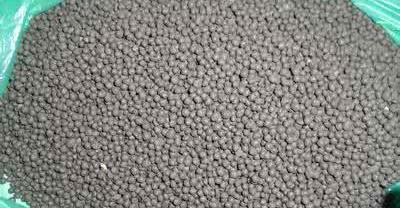
The planting technology of celery in greenhouse had been known for a long time.
In Lu's Spring and Autumn original Flavor, it is recorded that "the beauty of food, the celery of Yunmeng", celery is not only delicious diet, but also high nutritional and medicinal value, in addition to rich.
- Next
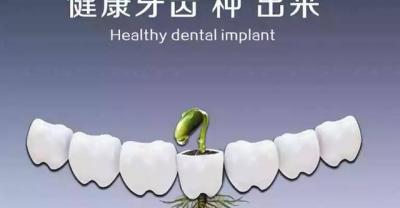
Planting and transplanting methods of aloe vera
Planting or transplanting (transplanting) aloe vera planting or transplanting aloe daily care new plants question and answer aloe vera is easier to grow in a suitable environment, as long as you have water and.
Related
- Fuxing push coffee new agricultural production and marketing class: lack of small-scale processing plants
- Jujube rice field leisure farm deep ploughing Yilan for five years to create a space for organic food and play
- Nongyu Farm-A trial of organic papaya for brave women with advanced technology
- Four points for attention in the prevention and control of diseases and insect pests of edible fungi
- How to add nutrient solution to Edible Fungi
- Is there any good way to control edible fungus mites?
- Open Inoculation Technology of Edible Fungi
- Is there any clever way to use fertilizer for edible fungus in winter?
- What agents are used to kill the pathogens of edible fungi in the mushroom shed?
- Rapid drying of Edible Fungi

